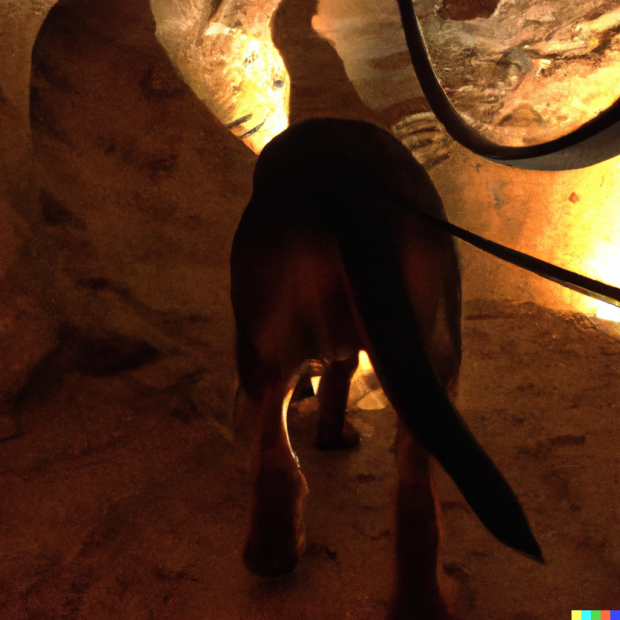
Botulism is nasty business. It’s seven million times more toxic than cobra venom and sickens its victims by blocking the action of the neurotransmitter, acetylcholine. People who get botulism poisoning can’t swallow, struggle to breathe, see double, vomit, slur their speech, get diarrhea, have muscle weakness and suffer with excruciating stomach pain. Sometimes their eyelids will droop, and sometimes they have trouble moving them at all. Some victims suffer from all of the above. Poisoning can lead to paralysis, and sometimes, the victims die. It is, indeed, a nasty business.
Botulism can occur as the result of a wound getting contaminated, but most of us connect botulism to spoiled food. It’s possibly one reason why some people shy away from preserving produce from a farmer’s market or their own garden by canning it with either a hot water bath or pressure cooker. We admire home canners and have done it, ourselves, but we do understand. Between 1996 and 2014, there were 210 outbreaks of foodborne botulism reported to CDC, and 145 of them were caused by home-prepared low acid foods such as vegetables, some tomatoes, figs, and fish, and seafood. Generations of home canners have put up safe and delicious food because they had the proper equipment, followed instructions, and knew the signs of spoilage. They also knew that a cavalier attitude towards canning certain foods could end badly, especially with regards to fish, seafood, and all meat. In fact, did you know that the word, “botulism,” comes from the Latin word for sausage, “botulus?” More specifically, Clostridium botulinum bacteria. Sausages are a classic example of a type of food vulnerable to botulism caused by poor canning.
And here we pivot to saltpeter.
Wait, what?
Once upon a time, the word itself would evoke peals of snickering among certain people. People like, say, adolescent boys who had always heard that saltpeter was put into the food of prisoners or soldiers to decrease their libido. Military.com did concede that between 2004 and 2013, erectile dysfunction affected approximately 10,000 active duty servicemen every year, but the more likely culprit wasn’t saltpeter, but exhaustion from basic training, change in the environment, a new diet, and stress. Saltpeter, we’ve read, is more likely to be found in gunpowder or fertilizer than a recruit’s meal, but the very idea became an urban legend that forged camaraderie among prisoners or troops.
In short, it was a total myth, but believing one is half the battle.
John Knox didn’t know that in 1862. Nor did he likely care that saltpeter, a harp, salty, bitter tasting chemical compound known today as Potassium/sodium nitrate, can prevent botulism, an accidental discovery made hundreds of years before. What John knew in the spring of that year when he was living in the Ozarks was that he needed to hunt for dinner. He and his hunting dog, “Juno,” set out to hunt, and somewhere near the Little Sac River, Juno picked up a scent.
Did we mention that Juno was a Bloodhound?
Juno’s breed matters because Bloodhounds don’t get distracted when they are on a scent. Not especially when they get caught up in the chase, and not when their prey vanishes. Nor when they, themselves vanish into a hole at the base of a bluff.
Now Juno had a prodigious nose, but he couldn’t see in pitch black darkness. He couldn’t find the critter he’d been chasing, and worse, he couldn’t find the cave opening through which he had come. It was time to sound the alarm.
Juno barked.
We can picture John tilting his head this way and that to locate his dog’s barking, and when he did, he found Juno inside a cave that would become known for its stately natural columns, delicate cave pearls looking as though they were produced by oysters, and abundant mineral deposits that sparkle when exposed to LED light. Today, the cave is known as Fantastic Caverns, and it was found by a Bloodhound.
By now you might be wondering what any of this has to do with saltpeter.
These were the days of the Civil War, and Knox believed the cave to be a source of saltpeter. Because he didn’t want this to be exploited by the Union or the Confederates, he kept the cave’s existence under lock and key until 1867. That year, he put an ad in the Springfield paper asking for someone to explore the cave, and though it was first explored on February 14, 1867, the first official explorers of the cave are considered to be the twelve ladies of the Springfield Women’s Athletic Club who explored the cave and carved their names into the rock.
The cave commenced to having a colorful history. During Prohibition, it became the site of various speakeasies. Some say it was also used as a meeting place for the Ku Klux Klan. The cave was renamed “Fantastic Caverns” in the 1950s, and we learned about the cave’s dog connection through a Doberman Pinscher named, “Riesling,” and her person, Veronica Schabert who visited the caves while attending their National Speciality. Thanks to Veronica who took the pictures, we’re able to share the story more vividly:


We never miss an opportunity to present a convoluted tale that involves purebred dogs, so must also thank Betsy Copeland who thought of us when she learned about the caves through Veronic and Riesling. And by the way, the Fantastic Caverns is the only cavern tour in the country that allows dogs, and it’s also one of the few that offers an all-riding cave experience, this one via a Jeep-drawn tram. Learn all the details about visiting with your dog here.
